Stillwater Fishing Part 1 - The Basics

With the coming of Spring, and the initial hints of runoff starting to show in streams and rivers, I am once again reminded of the incredible resource available in the ponds, lakes, and reservoirs available to the fly angler. Ice out has already happened in our lower elevations lakes and ponds, and will be steadily marching up to the higher elevations over the coming months. There is no reason to mope around when your favorite river is high and muddy. Plenty of great fishing is happening right now!
If given the chance, I always prefer to introduce someone to the sport of fly fishing on water that is not moving. There are already a lot of things for the beginner to keep track of, and being able to focus on the basics of making a decent cast, managing your line, getting a good hook set and playing and landing fish without the complication of current just seems to get people off to a better start. Most communities have a pond or lake with public access nearby, and most of that time that water will be stocked with fish of one kind or another. While I tend to focus much of my thinking on Trout, there are plenty of other species that will take a fly, and catching fish is catching fish!

As you first approach your local lake or pond, look for places that are free of bushes and trees that allow for a good back cast. Be aware of hiking or bike paths that may run behind you. While hooking a passing biker can produce a screaming run of line off your reel, it can also lead to unpleasantries that are best avoided. Some ponds are easier to read than others, but take a little time to try to read your water, as fish are seldom evenly dispersed. In the absence of actually seeing fish or rises on the surface, look for places that have drop-offs or points of land that are within casting distance and may serve to concentrate the fish in a local area.

One of the beauties of fishing still-water is that most of the time, casting perfection is not required. Fish tend to cruise around, and if you can make a decent 20 to 30 foot cast, the fish will eventually swim by and see your fly. This is a good time to work on a basic cast that presents a fly with the leader fully turned over and landing reasonably straight. While getting in some casting practice is important, I caution against getting into what I call aerobic casting. I have watched people spend five minutes false casting for every minute their fly is resting on the water. This can actually become habit forming, and will result in more time untangling line than it will catching fish. My emphasis here is to develop good fishing habits. One or two false casts at most, then let the fly land and do its job. Leave it on the water longer than you think you should. If the fly is on the water, it has a chance to catch a fish. If its going back and forth in the air, or stuck in a tree or bush, it doesn’t. 
Fly selection can be as complicated as you want it to be, but I find that starting out with some combination of zebra midge, bead head hare’s ear, or bead head pheasant tail, suspended under an indicator or foam fly like an Amy’s ant, is a good starting point. For your nymphs, think small, sizes 16 and 18. If your top fly is a floating “indicator” fly, make sure it is large enough to support the nymph below, and that you can see it well. If the wind comes up, add a small leech pattern to the mix. A little bit of wind will work like magic, jigging your submerged fly up and down in a realistic way that just drives fish nuts. Stronger winds make for more motion, and that is when that leech fly really shines. While it may make your casting a little more challenging, I will take wind over calm any day.

Another important habit for still-water is to keep your line as straight as you can. The biggest factor that impacts this is what you do with your rod tip. As you make your presentation, allow your rod to drop down to near water level, then KEEP IT THERE! I can’t emphasize this enough. Every time you bounce your rod tip, you introduce slack into the system, and that makes it harder to set the hook. Literally, touching the rod tip to the water is better than holding it three feet or higher in the air or bouncing it around. People who have done a lot of spin fishing may struggle with this, and I have had others tell me that they have a high rod tip habit because they fish moving water. Trust me on this one. Even if you fish mostly streams and rivers, having your default behavior set on keep the rod tip down, only lifting when you really need it, you will catch more fish. Also, the line should always be under the index finger of your rod hand. This allows you to strip as needed, and have instant contact with the fish when they strike.

Setting the hook is another situation where you will get better with practice, and the skills you build on still-water will lead to success in other situations as well. The key to a good hook set is to be very fast, but without a lot of power. Speed is of the essence. While strikes on the surface fly are generally obvious, takes on a subsurface fly aren’t. An important concept to understand here is that you will almost never feel the take. When the upper fly disappears or even just moves funny you need to set without hesitation. If you slowly lift the rod to see if you can “feel” a fish, you will rarely set the hook. While it’s a quick movement, it also needs to be short. Taking the rod tip from near the surface up just a few feet as quickly as you can is good. If the rod moves back behind you or the fly winds up in a tree, that's too much. It takes practice to get the right mix of speed without power. If you break fish off, or a tiny fish flies out of the water and past your ear, that’s too much power. 
Playing and landing a fish is another situation where you can develop good technique in a relatively stable environment, that will pay many benefits when you are hooked into a big one on the river. Learn to keep the rod tip high and the line under the index finger of your rod hand as you strip the fish in. This way you can keep good control of the fish and constant tension on the line. If the fish pulls the rod tip down, let line out evenly under your finger. Some people are big advocates of getting every fish on the reel to land it. While it looks great when a pro does this on a You-Tube video, in reality I have watched far more people loose big fish because they were messing with the reel, and not fighting the fish. If the fish needs to be played on the reel, it will usually get itself there on its first run. I would also suggest learning to play a fish with your feet stationary. Most of the times that I have had to rescue a swimming angler, it’s because they got “happy feet” while setting a hook or playing the fish. Falls are usually harmless, but you can get hurt, or worse yet break a fly rod. Learning to keep your feet stable is important. Learn to use upward pressure to bring the fish’s head to the surface and tire it out quickly (but never lift it out of the water with your fly rod). As the fish gets close to you, practice guiding it in different directions with your rod tip so that you can land it where and when you want.

The rivers and streams of Montana are truly amazing, and deserve their great reputation. But when moving water is not available, there is a lot of fun to be had in still-water. This is just an introduction, there is much more to learn. Fishing still water is a great way to learn or practice basic skills, in addition there are actually some very large fish to be caught. The next segment will be more advanced: Chasing big trout in lakes and reservoirs.
By Scot Bealer
Scot first started guiding in the 1980’s, and has fished extensively through the rocky mountain west and many other parts of the world. When not on the water, he is typically out working with his wife, Lea Frye, doing wildlife photography. See their work at https://www.leaf-images.com, or follow them on Instagram @lea.f_images



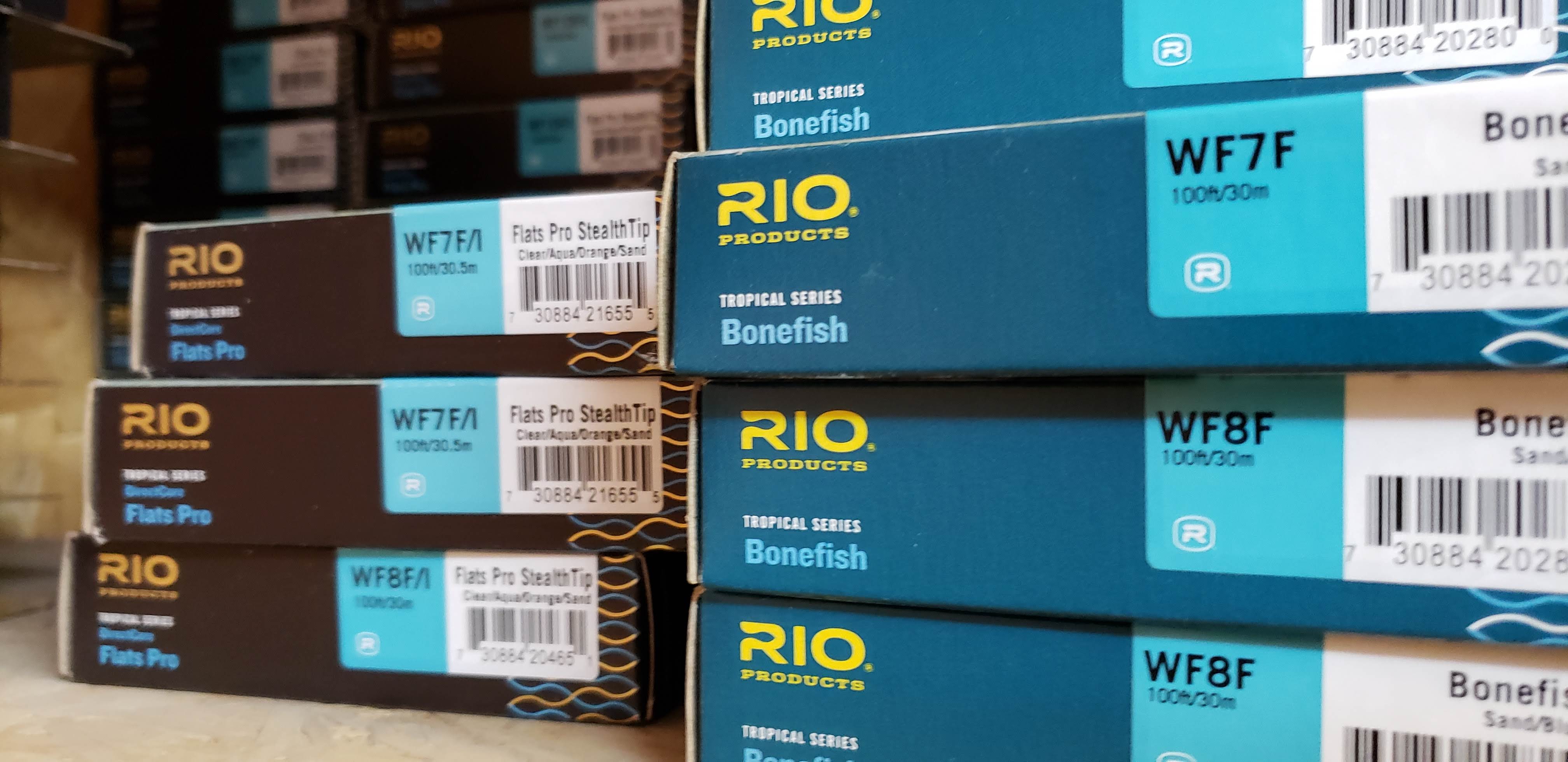

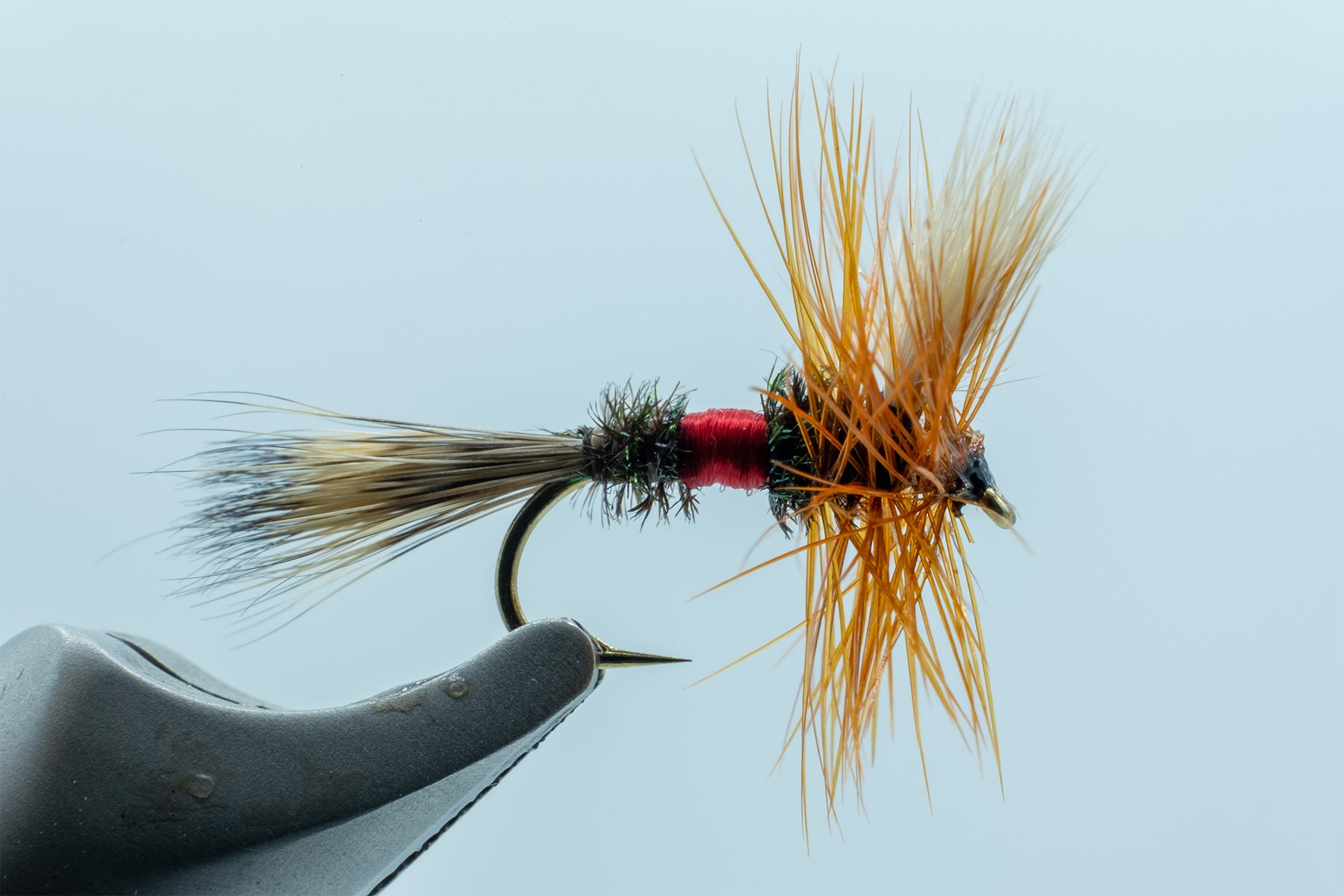
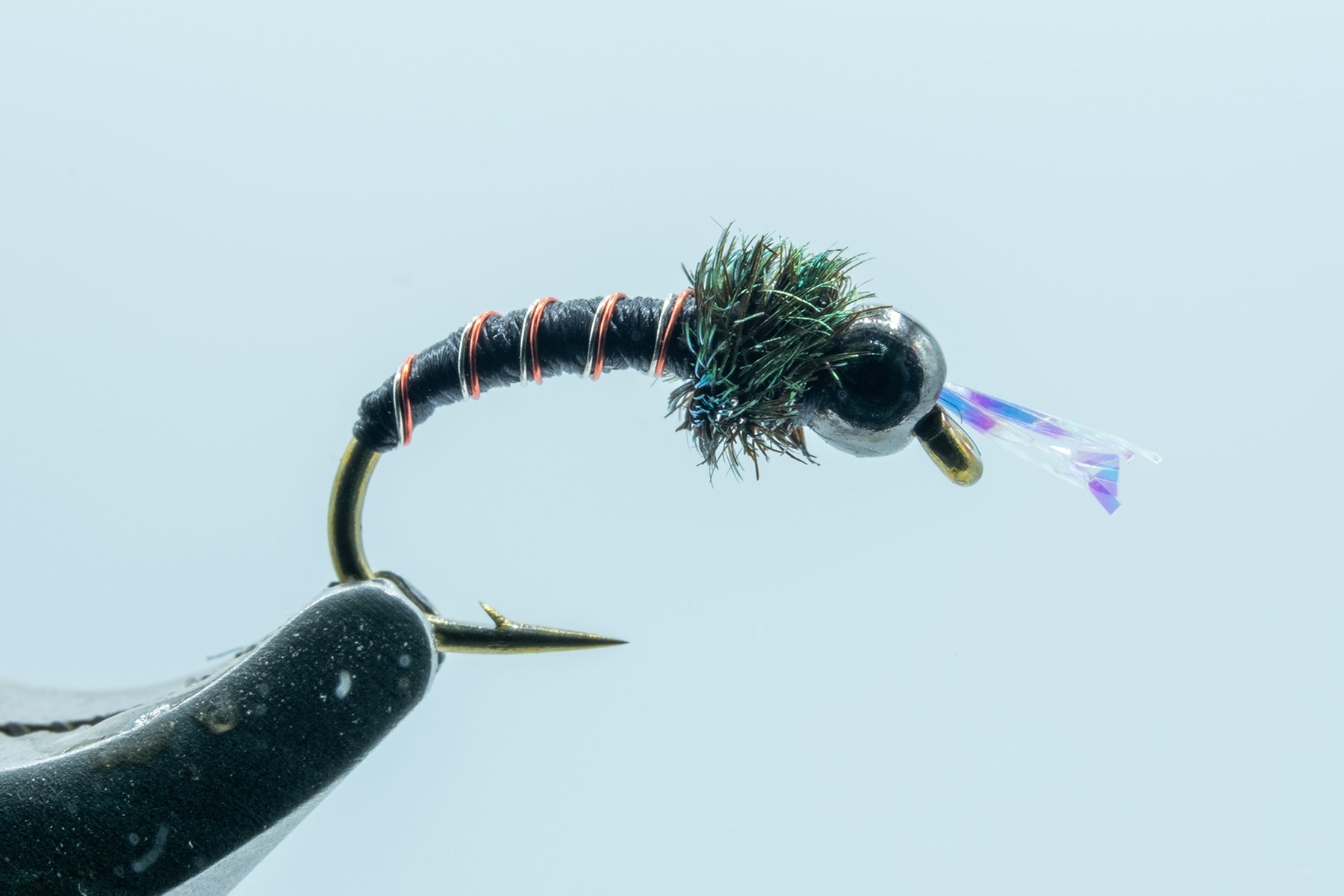
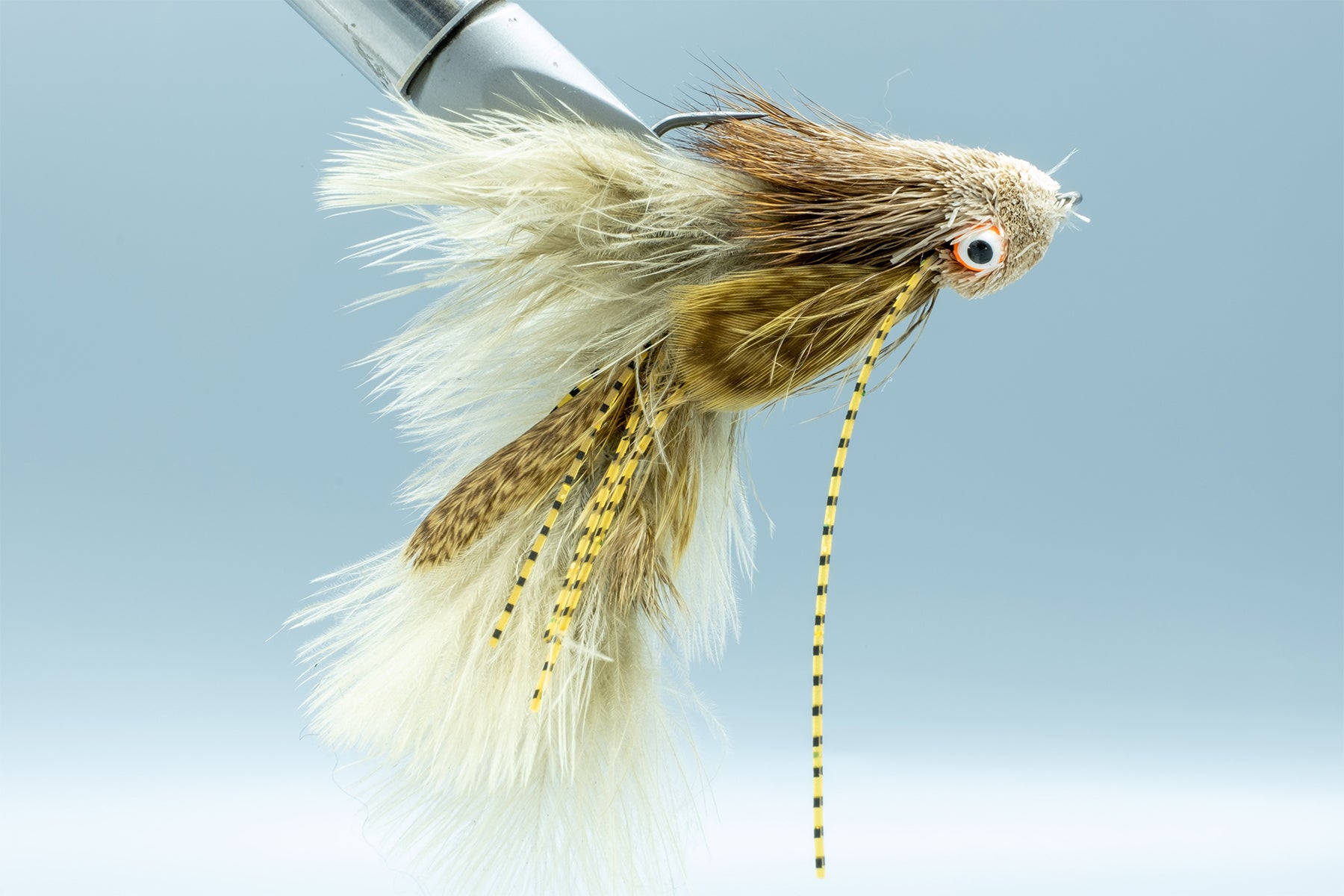
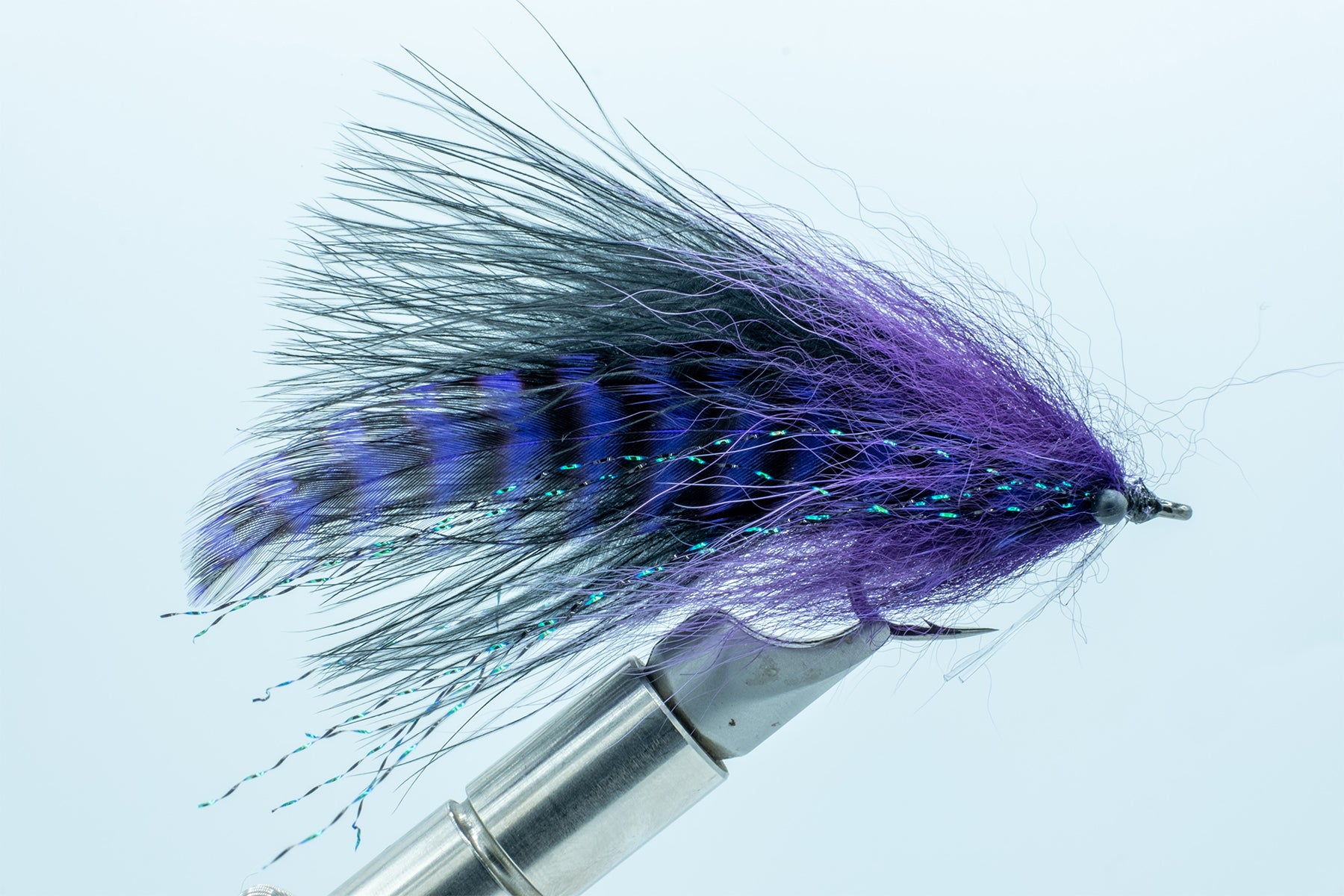
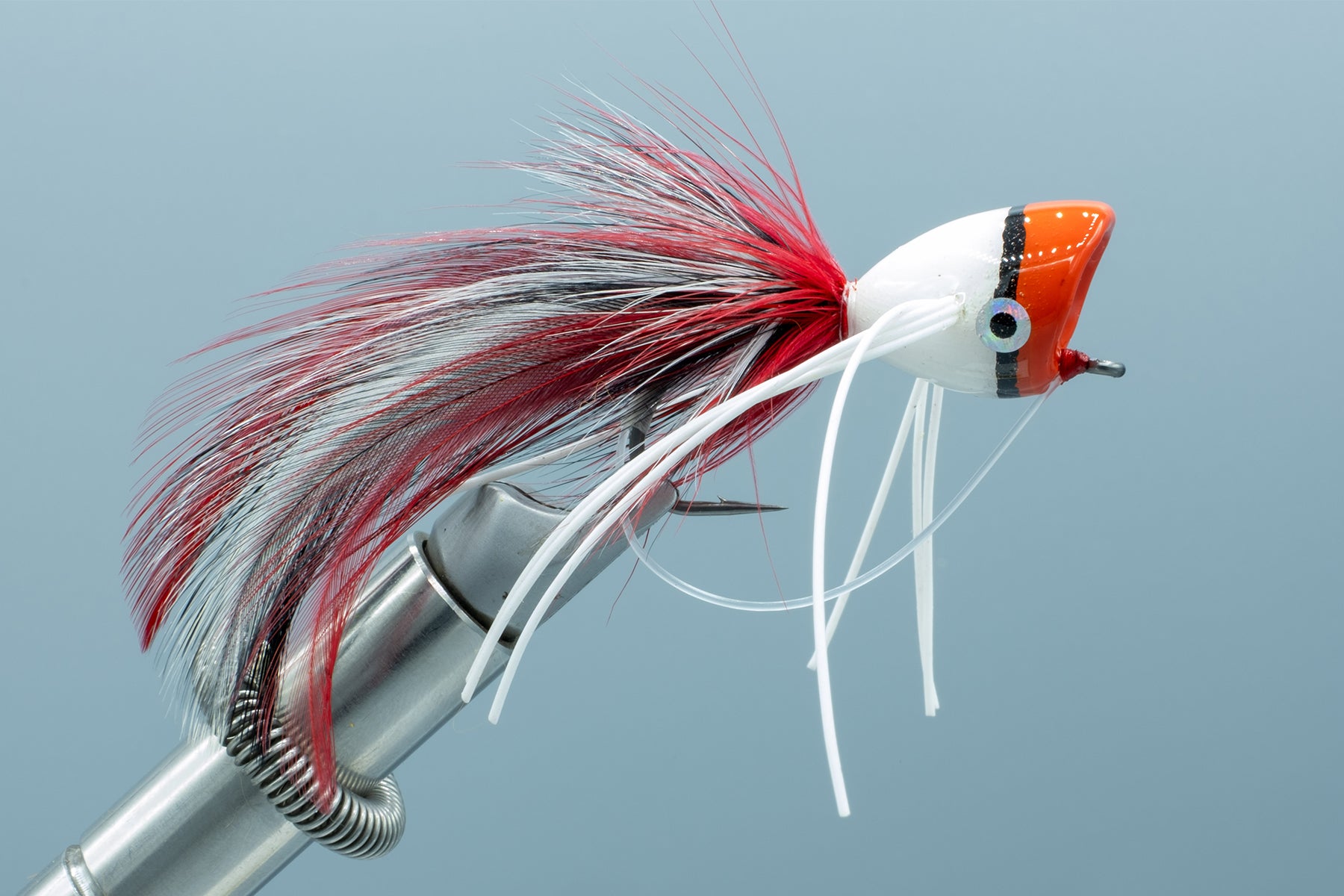
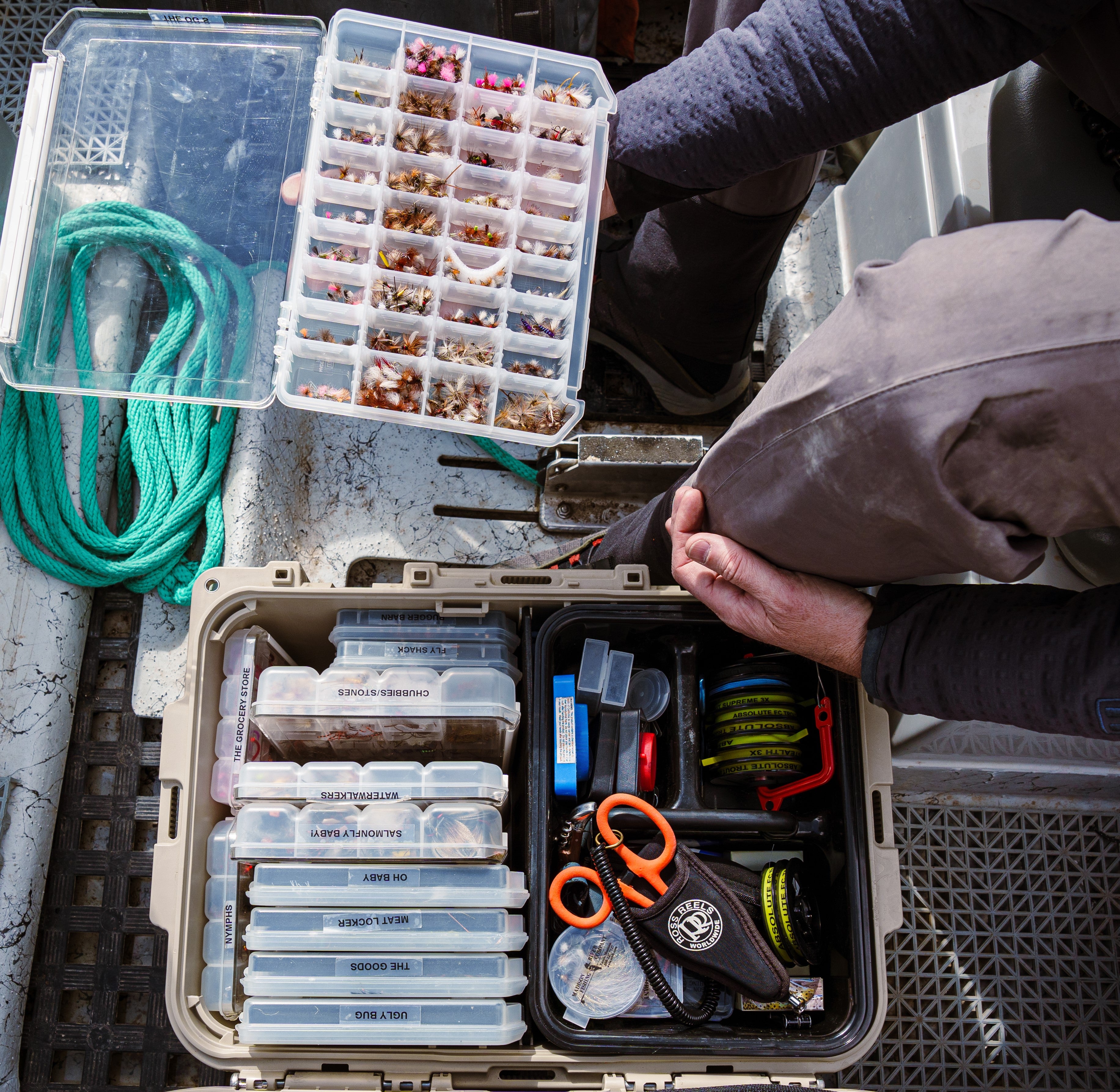
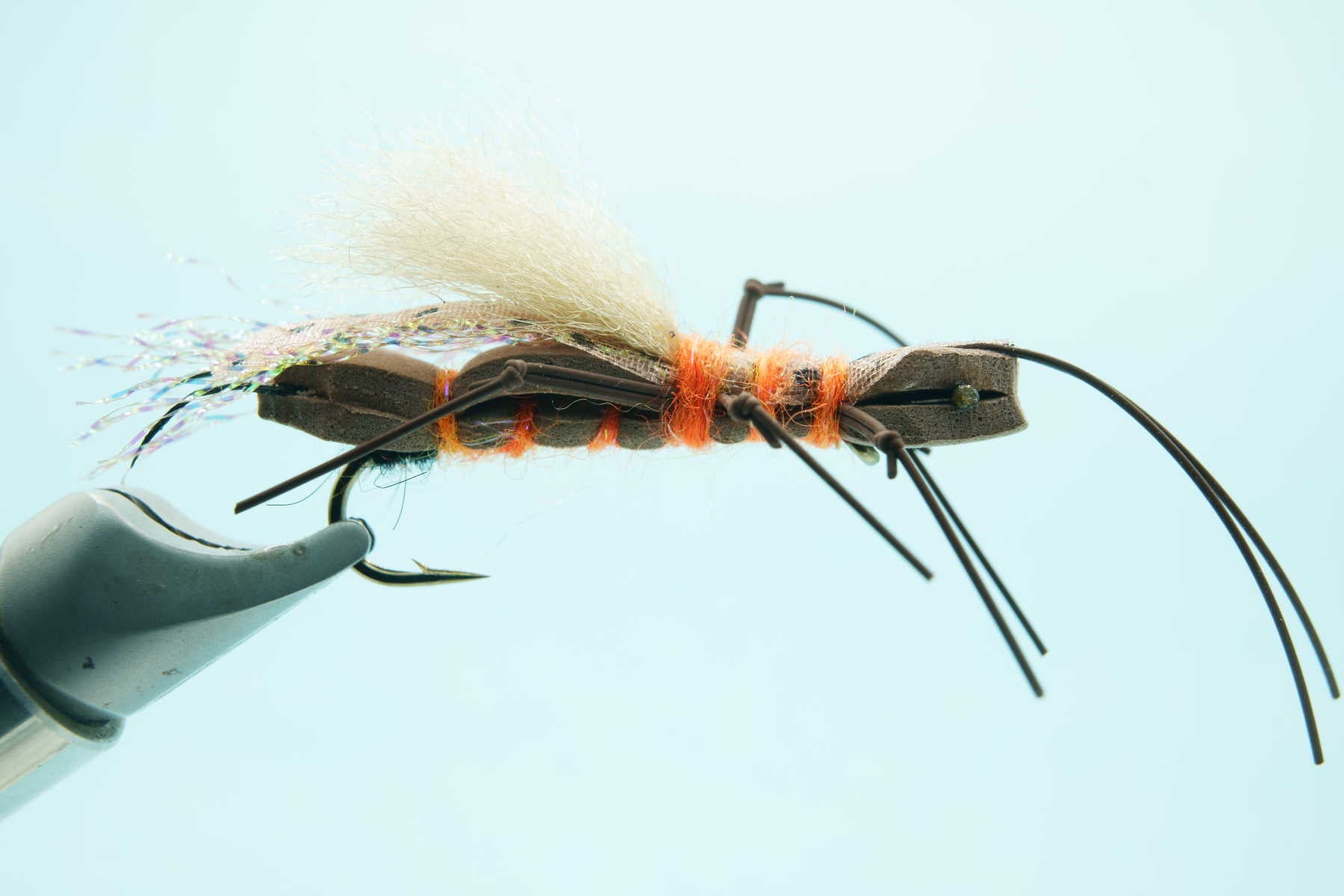
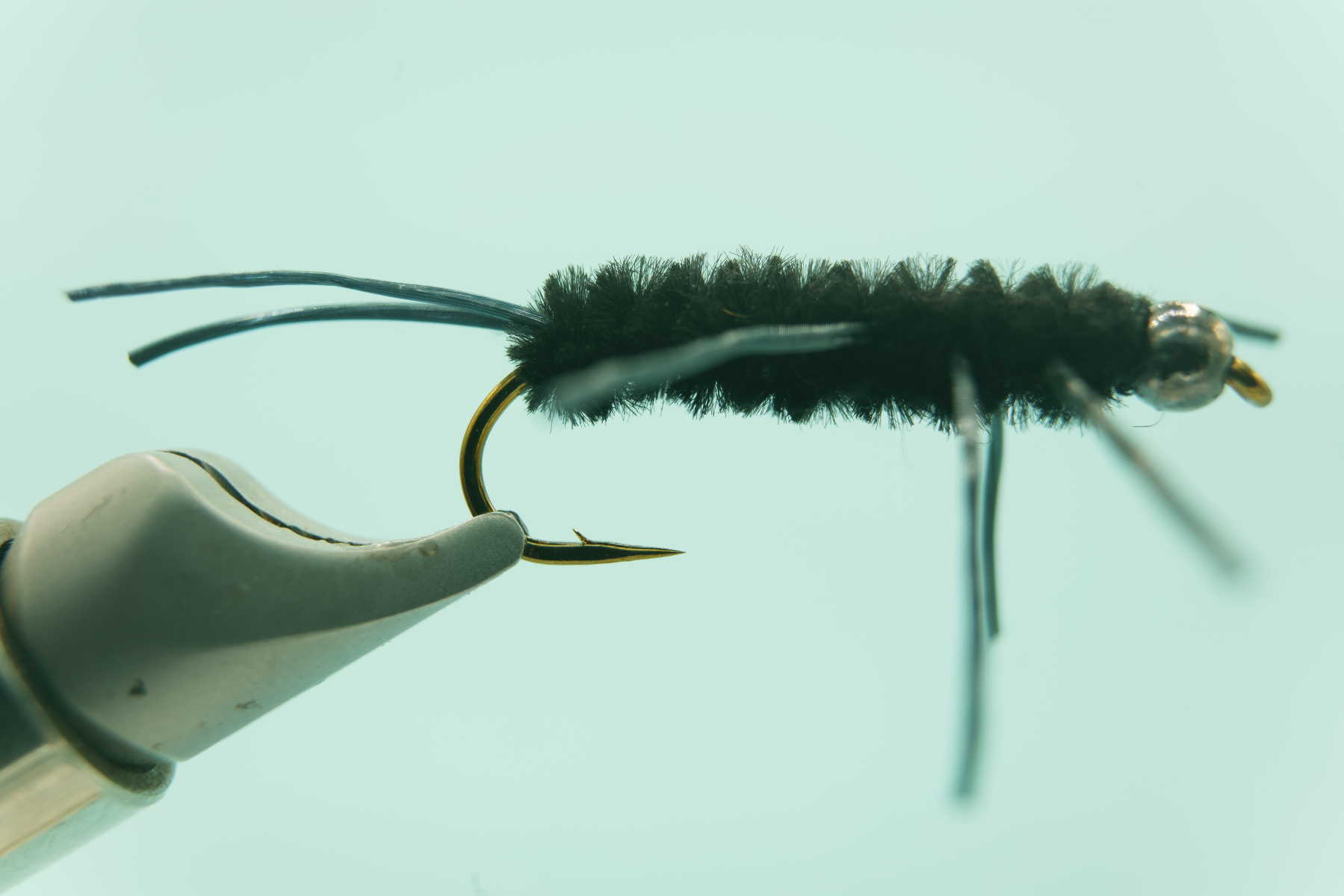
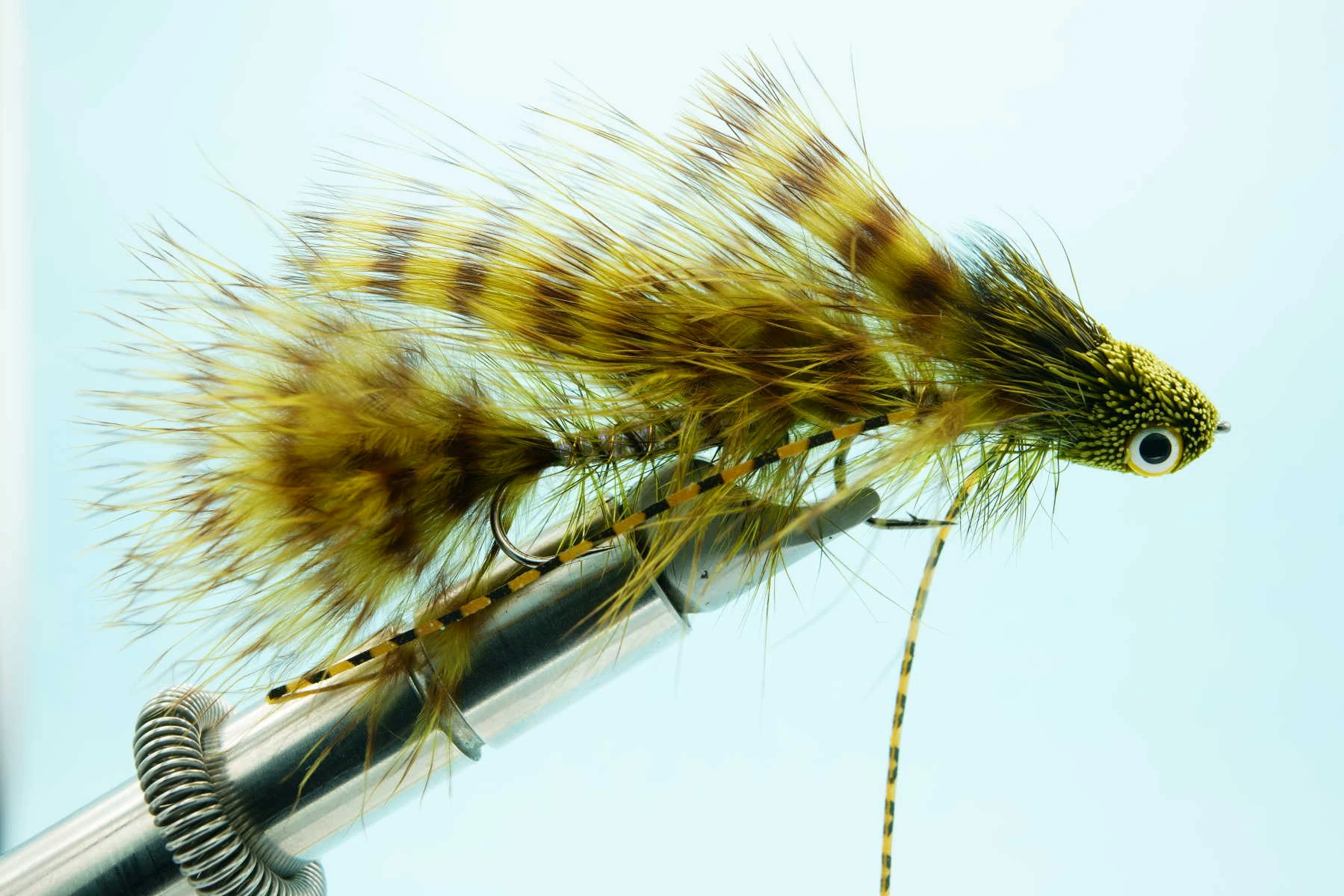
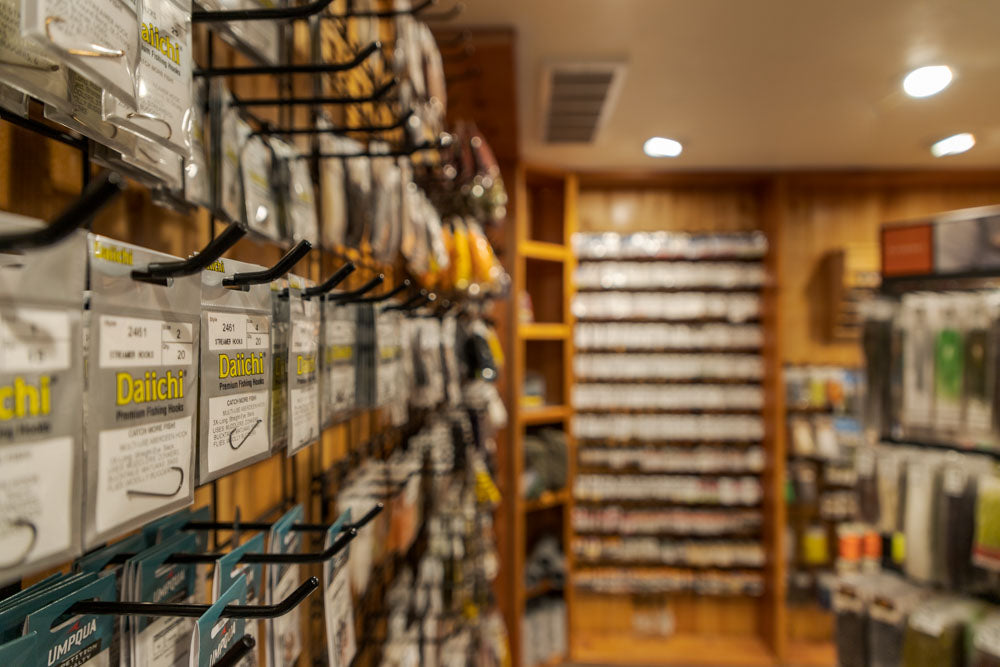



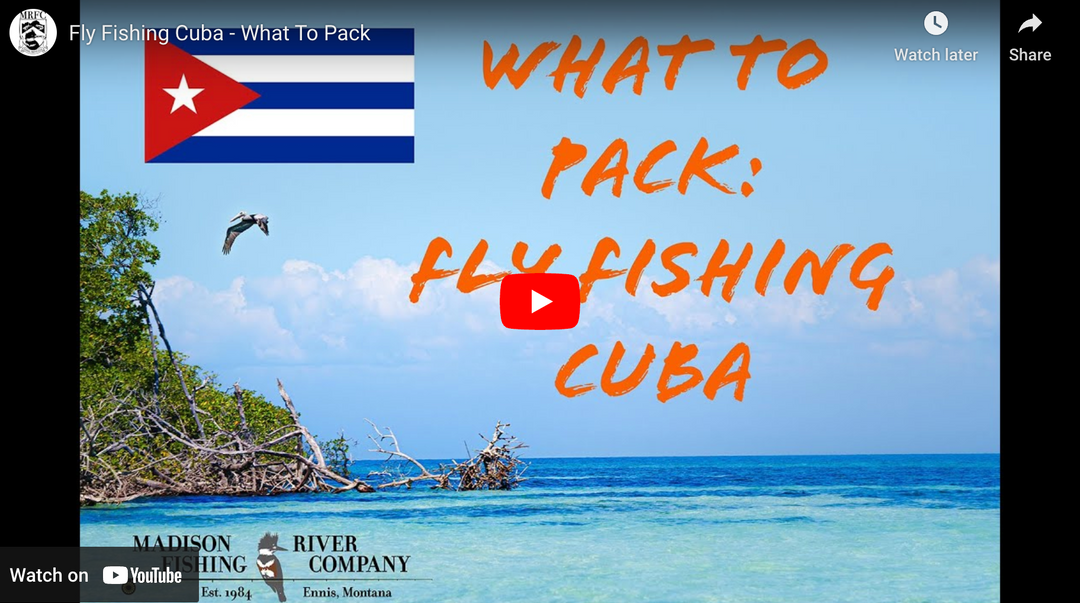
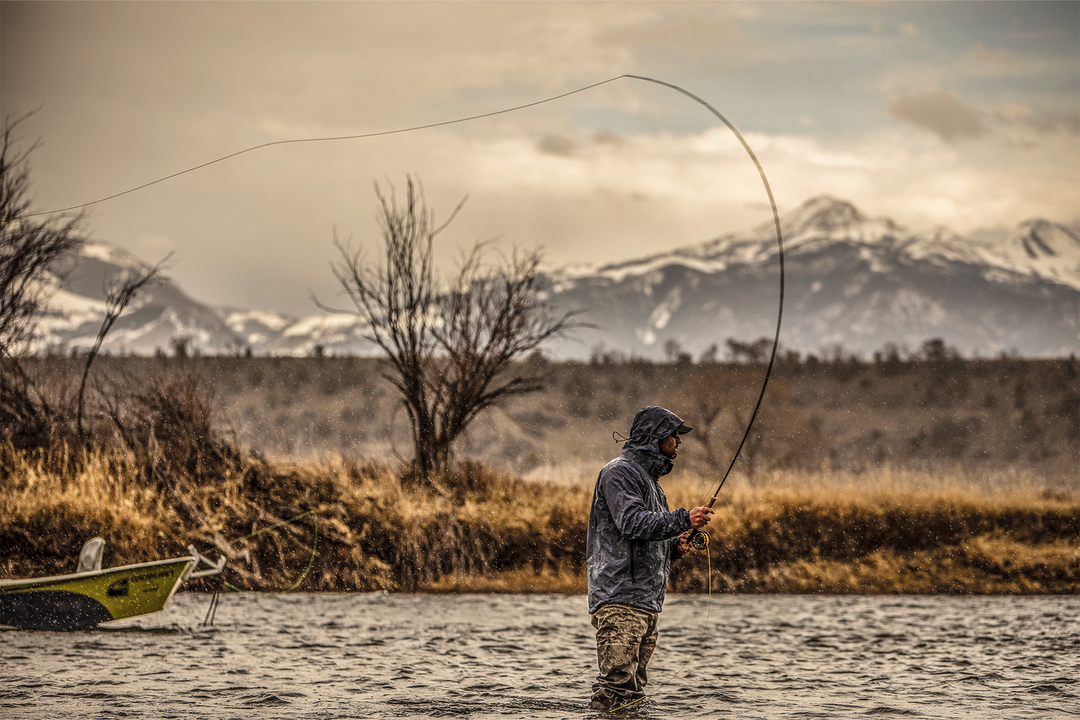
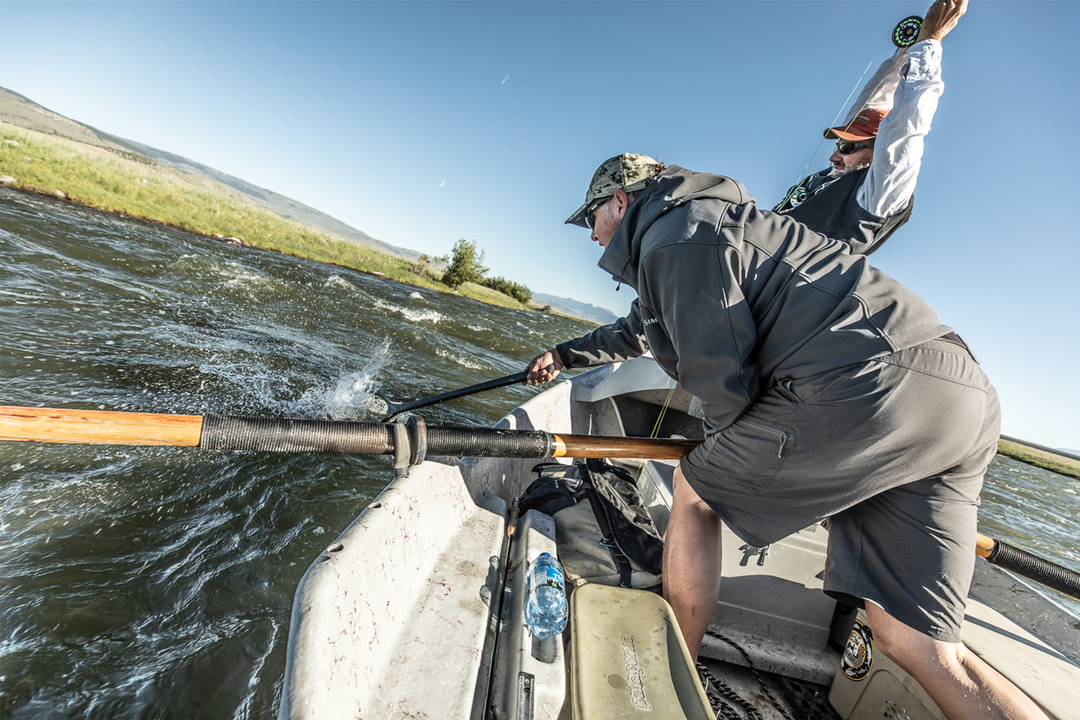
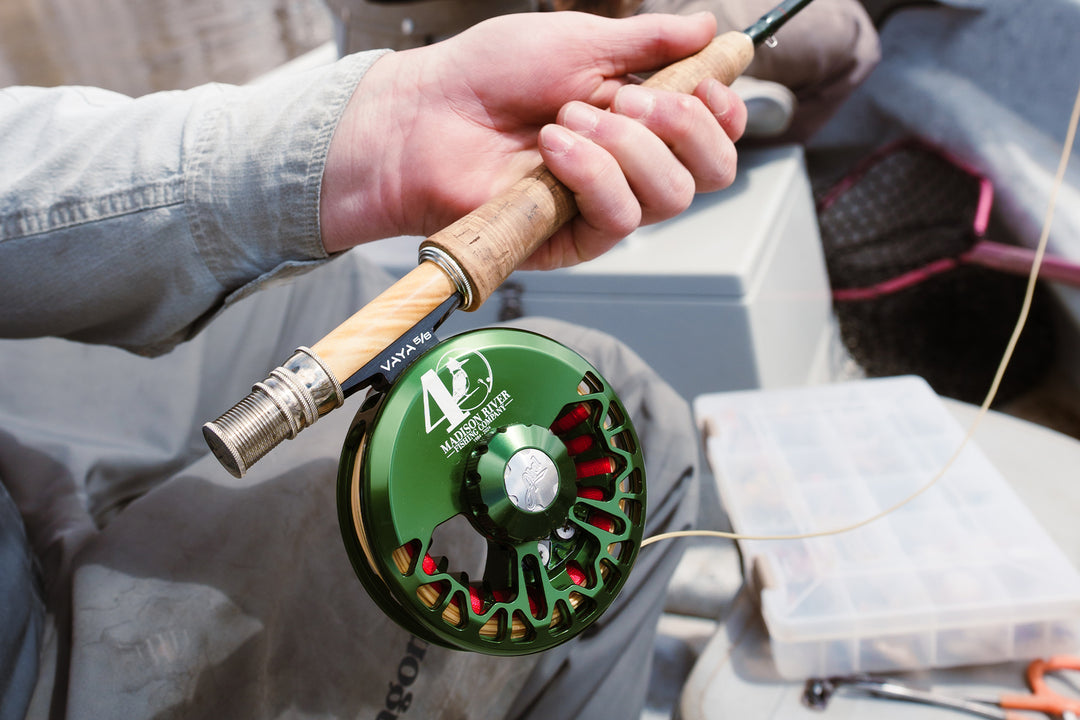
Leave a comment